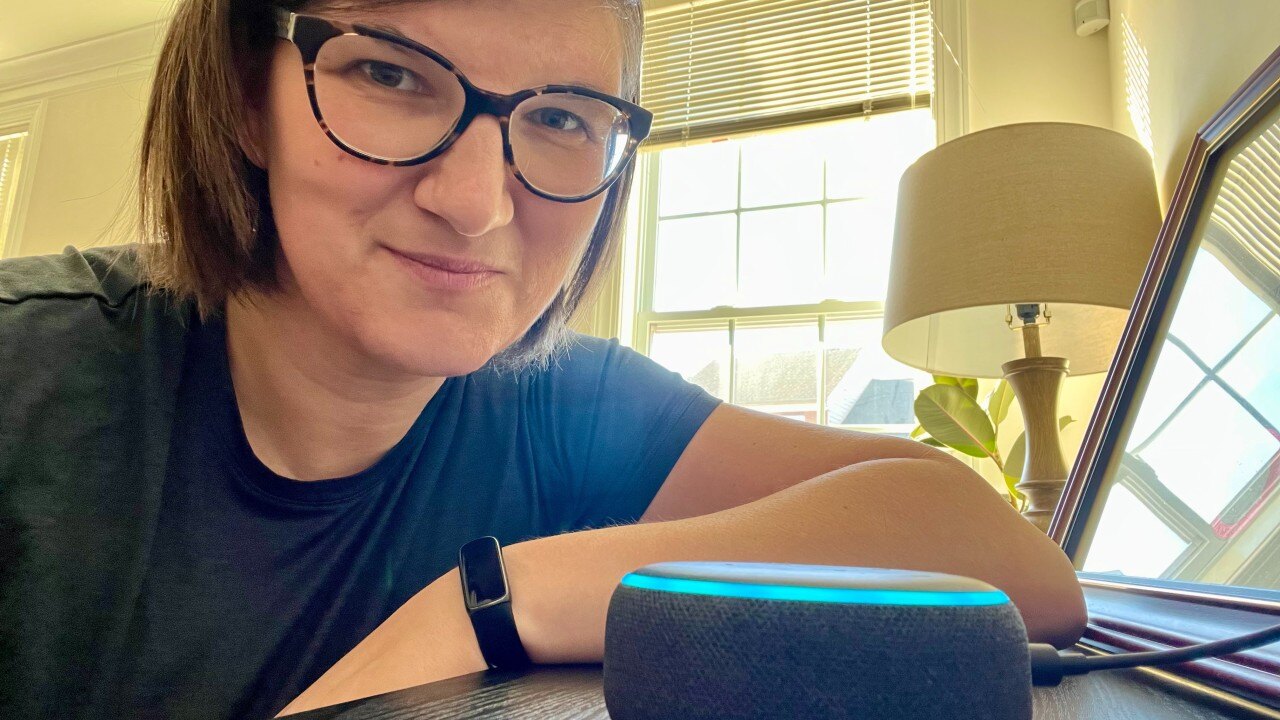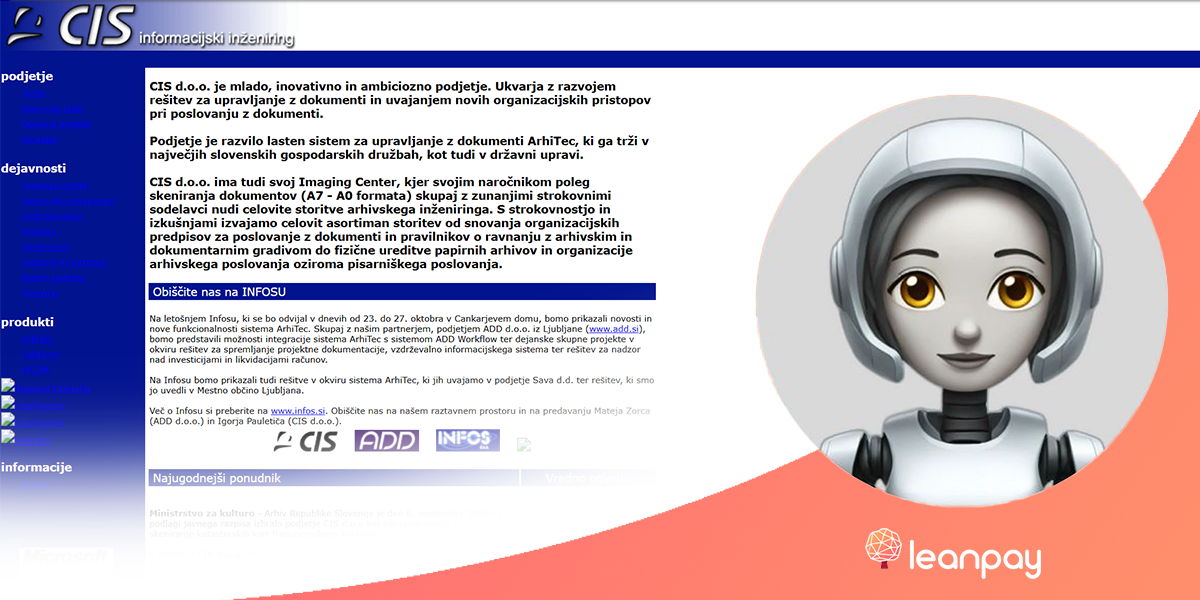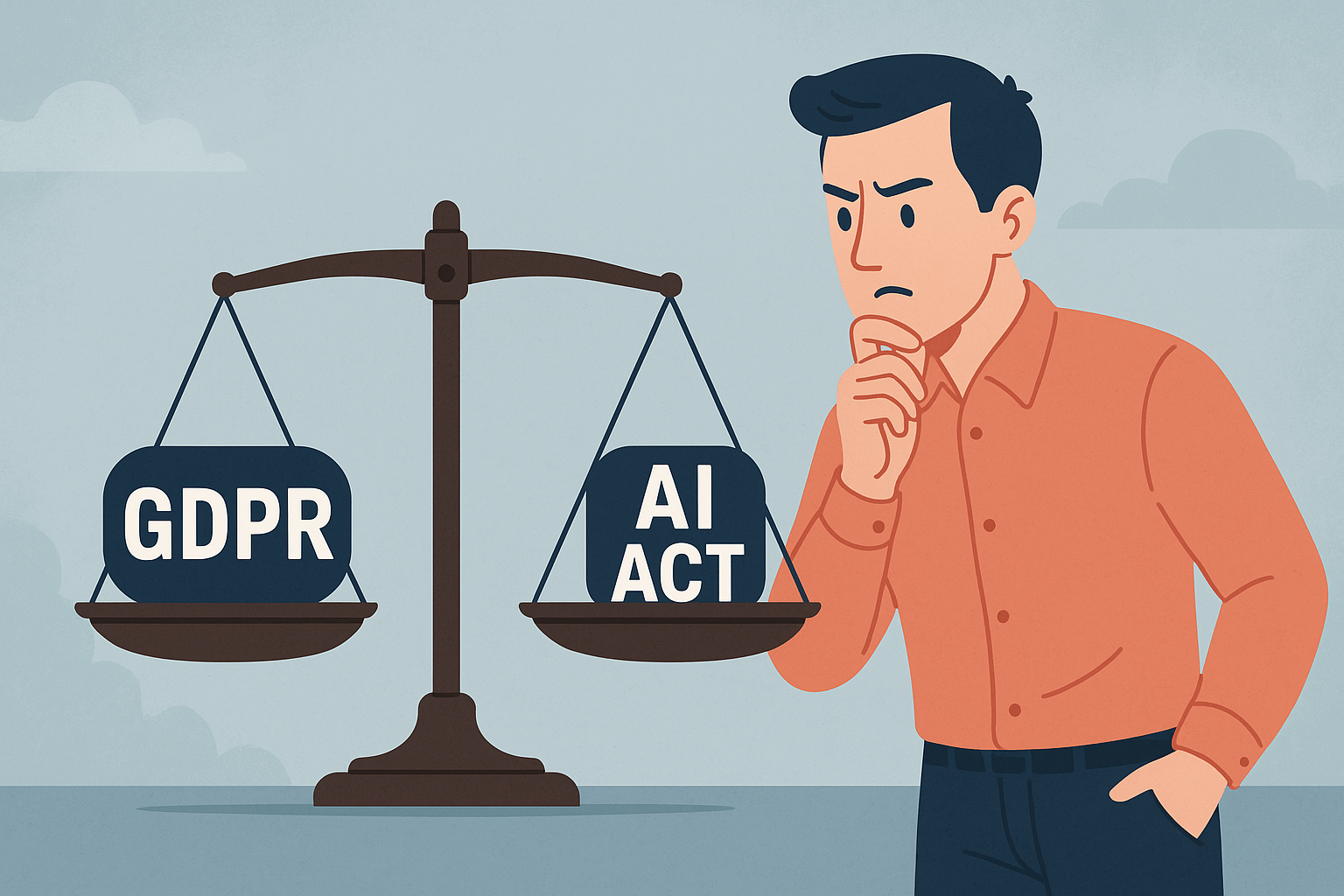A Human Touch in Customer Support: A Luxury in the Age of AI

Nearly every week, I receive an exclusive credit card offer in the mail. Just last week, I got one from Discover, and my attention immediately locked on the first line of the brochure highlighting their key advantage:
100% U.S.-Based Customer Service
"You can talk to a real person from our 100% U.S.-Based customer service."

Thinking back to my experiences with Amazon’s chat support agents, who were likely on the other side of the world, and my occasional battles with Alexa, who struggles with my Slavic accent and often misinterprets my requests, I now truly appreciate being able to speak to an actual person. Especially when that person sits in the U.S. and understands the context of my questions.
Why Is U.S.-Based Human Customer Support Better?
Effective customer support is the foundation of any successful B2C organization, so it’s no surprise that some providers are emphasizing the human touch as a key differentiator.
Here are the key advantages I personally see:
- A real person understands better: Humans can interpret tone, context, and even nonverbal cues—assuming that customer support teams employ emotionally intelligent individuals.
- Cultural context: In American culture, the customer always comes first. People are trained to be polite, understanding, and courteous (at least outwardly and in surface-level interactions).
- Adaptability: Humans can quickly tailor their responses to specific customer needs or demands.
- Trust: Customers tend to trust humans more (though this is changing).
- Empathy: Humans can express empathy, which is crucial in conflict resolution.
- Real-time adaptability: Humans can adapt to new information or unforeseen situations, offering a level of spontaneity that AI lacks but can greatly enhance the perception of authenticity and emotional connection.
The Human Approach at a Telecom Giant
I’ve almost always had great experiences with T-Mobile. One key reason is the flexibility of their communication channels—my favorite being Facebook Messenger—and their ability to calm me down. I’m one of those explosive customers who expects immediate solutions.

Here’s what makes their approach so appealing:
- Validation of my emotions: They often recognize frustration or anger and address it.
- Paraphrasing: They make an effort to fully understand my situation.
- Friendly communication: Clear, easy-to-understand language and a friendly tone.
- Commitment to resolution: Most of the time, my issue is resolved within the same interaction.
Apparently, I’m not the only one who feels this way. T-Mobile consistently ranks first in J.D. Power’s U.S. Wireless Customer Care Studies (2011–2024). This proves that companies investing in human support gain a competitive edge in the market.
The Problem with Outsourcing Support
The fact that major companies often outsource their support for cost-saving reasons is problematic on multiple levels.
Language barriers and cultural misunderstandings frequently lead to misinterpretations and frustrations. Companies often pay the bare minimum, resulting in poor working conditions. This takes a toll on both consumers and workers.
Alexa – A Love-Hate Relationship
Let’s also touch on my experience with fully AI-driven support—Amazon’s virtual assistant, Alexa, whom I interact with daily.
My relationship with Alexa is ambivalent. I appreciate her practicality—tracking my Amazon packages, alerting me to product discounts, providing weather updates, and even turning on my Christmas tree lights when I say “Merry Christmas.” But she also irritates me when she fails to understand my specific requests.
Alexa is a good example of AI’s scalability and adaptability, but there’s still plenty of room for improvement.
Sometimes, it all reminds me of this video:
The Importance of Human Interaction in CX
My personal experience is backed by a study from Five9, which shows that human interaction remains vital in customer experience. In a survey of 4,000 consumers from the U.S. and the U.K., 75% preferred communicating with a real person.
Key takeaways from the study include:
- Lack of trust in AI: Nearly half (48%) of respondents don’t trust the information provided by AI bots.
- Frustration with AI: Over half (56%) of consumers frequently feel dissatisfied with AI chatbots.
- Generational differences: While younger generations like Gen Z and millennials recognize the value of AI-driven interactions, they still appreciate human empathy. Gen X and Baby Boomers, on the other hand, overwhelmingly prefer live or phone communication.
The Future of Customer Support: AI and Humans Working Together
The key trend in customer support is AI as a co-pilot, assisting human agents rather than replacing them. I have no reservations about this—AI-driven support combined with a human final touch seems to be the ideal formula for a superior experience.
AI can:
- Enhance agent performance: By automating repetitive tasks, it allows agents to focus on complex issues.
- Personalize experiences: Analyzes customer data to deliver tailored solutions.
- Reduce resolution times: Efficient data processing speeds up problem-solving.
- Suggest relevant responses: During live chats, AI can help agents respond faster.
- Translate in real-time: Enables multilingual interactions.
- Detect customer sentiment: Identifies situations that require escalation based on text analysis.
Incidentally, FrodX has already developed numerous solutions specifically for this purpose. Would you like to learn more about our AI agents?
Just as TV didn’t kill the radio (cue Video Killed the Radio Star for anyone who remembers it), AI won’t replace humans. It will undoubtedly revolutionize the industry, but the companies that focus on leveraging the synergy between AI and humans will build the strongest customer relationships.



